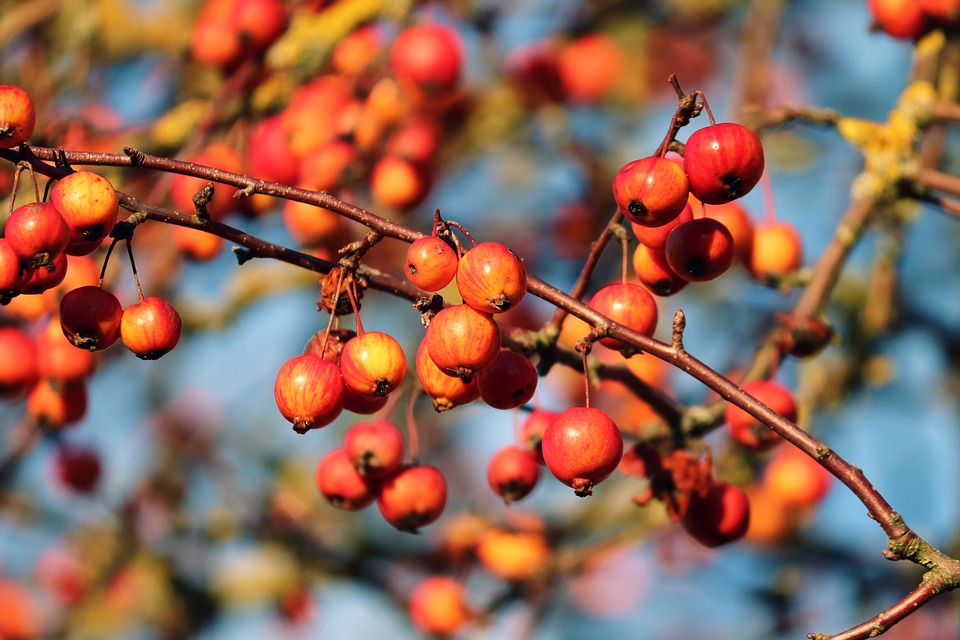Introduction
Imagine stepping into your lush garden and being able to pluck ripe, juicy fruits straight from their branches. The sweet fragrance fills the air, and the vibrant colors of the fruits bring your garden to life.
Creating a fruit paradise is not only a feast for the eyes but also a delightful treat for your taste buds.
In this article, we will explore how you can transform your garden into a heavenly oasis of juicy delights.
Choosing the Right Fruits
The first step towards turning your garden into a fruit paradise is selecting the right fruits to grow. Consider the climate and soil conditions of your region. Some fruits thrive in specific climates, while others are more versatile.
Apples, pears, cherries, and plums are popular choices for temperate climates, while citrus fruits like oranges, lemons, and grapefruits flourish in warmer regions.
Additionally, consider the space available in your garden and choose accordingly.
Creating a Fruitful Environment
Providing your fruit trees with the perfect environment is crucial for their growth and productivity. Ensure they receive an adequate amount of sunlight, usually at least 6-8 hours per day. Good drainage is essential, so make sure the soil is well-drained. Regularly water your trees, especially during dry spells, and consider adding organic matter to enrich the soil.
Additionally, don’t forget to prune your trees to promote healthy growth and control their shape.
Creative Planting and Arrangement
Creating an aesthetically pleasing fruit garden adds to the overall charm. Consider making use of different planting techniques such as espalier or trellising to save space and create visual interest. Grouping together fruits with complementary colors and textures not only looks appealing but also helps with cross-pollination, leading to better yields. Mixing fruit varieties that have different flowering and fruiting times can also ensure you have a continuous supply of fresh fruits throughout the season.
Caring for Your Fruit Garden
Maintaining a healthy fruit garden requires regular care and attention. Keep an eye out for pests and diseases that can harm your plants. Using organic methods to control pests and diseases not only protects your fruits but also helps in maintaining the ecosystem. Mulching around the trees helps with moisture retention and weed suppression. Regular fertilization with organic compost or specialized fruit fertilizers provides the essential nutrients your plants need for optimal growth. Remember to prune your trees annually to remove dead or diseased branches and maintain their desired shape.
Harvesting and Enjoying the Fruits
Finally, the most rewarding part – harvesting and enjoying the fruits of your labor. Make sure you harvest the fruits at their peak ripeness for the best flavor. Many fruits give off a sweet fragrance when perfectly ripe. Enjoy them fresh or transform them into delicious jams, preserves, or pies. Share your bounty with neighbors, family, and friends, spreading the joy of your fruit paradise to others.
FAQs
Q: How long does it take for fruit trees to bear fruit?
A: The time it takes for a fruit tree to bear fruit depends on the specific type of fruit and the tree’s age. Some trees may take a few years, while others can bear fruit in as little as one to two years.
Q: Can I grow fruit trees in pots or containers?
A: Yes, many fruit trees can be successfully grown in pots or containers. Dwarf or semi-dwarf varieties are well-suited for container gardening, as they have smaller root systems and require less space to grow.
Q: How often should I water my fruit trees?
A: The frequency of watering depends on factors like soil type, weather conditions, and tree age. In general, it is recommended to water fruit trees deeply once a week. However, adjust the watering schedule based on your specific circumstances.
Q: Do fruit trees require any special care during winter?
A: Yes, fruit trees do require some special care during winter. Protect young trees from freezing temperatures by insulating their trunks with tree wraps or blankets. Mulching around the base of the tree helps to conserve moisture and insulate the roots. Prune your fruit trees during late winter or early spring while they are dormant to remove any damaged or overgrown branches.




